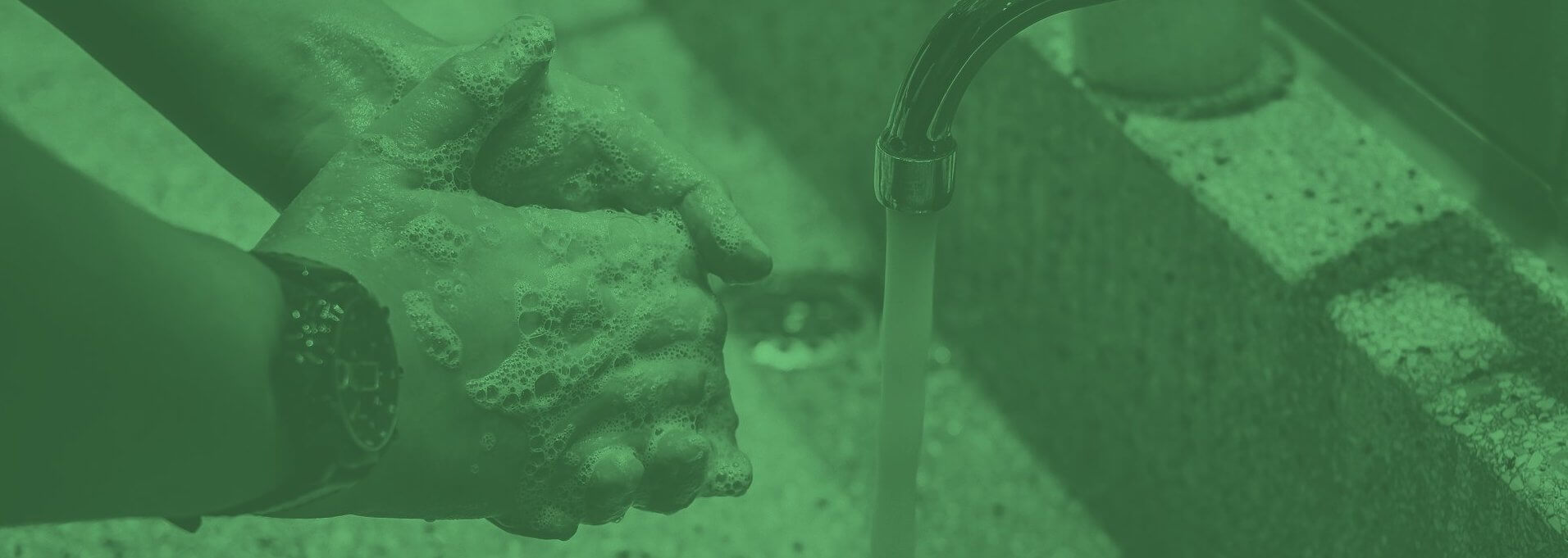
Risk Assessments: Covid-19 Health & Safety Guidance
Tuesday, June 09th, 2020
This page covers Covid-19 specific Risk Assessments for builders, why you need to do them, what you need to think about, and how to complete them.
Who needs to produce a Covid-19 Risk Assessment
Every business. It’s not just construction-related businesses that have to undertake a Covid-19 Risk Assessment – every business does.
If you have fewer than 5 workers, or are self-employed you don’t have to write anything down as part of your Risk Assessment. But even then, it’s a really helpful process to go through to make sure you’re getting your processes right.
If you have 5 or more workers, then you MUST record the Risk Assessment. It’s a legal requirement.
Which locations require the Risk Assessment
Any place of business. Our Health & Safety Xpert 2020 software has one for the building site, and one for the office (and our Young Person’s Risk Assessment now includes Covid-19 details).
You also need to undertake a Covid-19 Risk Assessment for every project. One size does not fit all – you must include the address for the project on the Risk Assessment itself. Every job is different after all.
It’s an important exercise – not just to avoid the risk of a fine or worse. Your Risk Assessment will help you decide whether you have done everything needed. It’s a valuable check list.
The responsibilities of the employer
All employers have a duty to reduce workplace risk to the lowest reasonably practicable level by taking preventative measures. That’s always been the case – long before Covid-19 came along.
And employers must work with any other employers or contractors sharing the workplace. This is so that everybody’s health and safety is protected.
In the context of Covid-19 this means working through these six steps in order:
- In every workplace, increasing the frequency of handwashing and surface cleaning.
- Businesses and workplaces should make every reasonable effort to enable working from home as a first option. Where working from home is not possible, workplaces should make every reasonable effort to comply with the social distancing guidelines set out by the government (keeping people 2m apart wherever possible).
- If you cannot always be 2m apart, you should consider whether that activity needs to continue for the business to operate, and, if so, take all the mitigating actions possible to reduce the risk of transmission between your staff
- Further mitigating actions include:
– increasing the frequency of hand washing and surface cleaning
– keeping the activity time involved as short as possible (a maximum 15 minutes face-to-face)
– using screens or barriers to separate people from each other
– using back-to-back or side-to-side working (rather than face-to-face) whenever possible
– reducing the number of people each person has contact with by using ‘fixed teams or partnering’ (so each person works with only a few others) - And if you have to be face-to-face for a sustained period, then you will need to assess whether the activity can safely go ahead. No one is obliged to work in an unsafe work environment.
- In your assessment you should give particular regard to whether the people doing the work are especially vulnerable to COVID-19, or whether your client is extremely vulnerable and shielding or in a vulnerable category e.g. otherwise well but over 70 for example.
There’s comprehensive guidance in the government’s document entitled ‘Working safely during COVID-19 in construction and other outdoor work’ which was released on 11th May.
What to do with your Risk Assessment
Once you have completed the Risk Assessment, the results should be shared with your workers, and others working in a home or when visiting others’ homes.
If possible, you should consider publishing the results on your website. There is also a notice you can display, which can also be provided as cards, stickers or similar, to show you have followed this guidance.
Of course, you need to have carried out all the measures necessary to reduce the risks highlighted in the Assessment.
Software that can help you with your Covid-19 Risk Assessment – and more
HBXL’s Health & Safety Xpert 2020 software includes three Covid-19 Risk Assessments – site, office and a Young Person’s version. You put the details of your project into the software and it will do all the compliance thinking for you – selecting all the relevant documents required to meet your obligations – filling out much of the paperwork for you.
The industry-standard documents include over 150 Risk Assessments, 130 COSHH Assessments, 70 Toolbox Talks, 30 Management documents and three Method Statement templates.
Next step
You can buy Health & Safety Xpert 2020 outright now for £999+VAT or subscribe to it for an annual payment of £399+VAT.
If you don’t have Health & Safety Xpert and want more information, give us a call on 0117 916 7898. You can also book a short online demonstration here – we’ve added lots more slots.
How to use the information above
This guidance does not supersede any legal obligations relating to health and safety, employment or equalities. It is important that as a business or an employer you continue to comply with your existing obligations, including those relating to individuals with protected characteristics. It contains non-statutory guidance to take into account when complying with these existing obligations. When considering how to apply this guidance, take into account agency workers, contractors and other people, as well as your employees.












